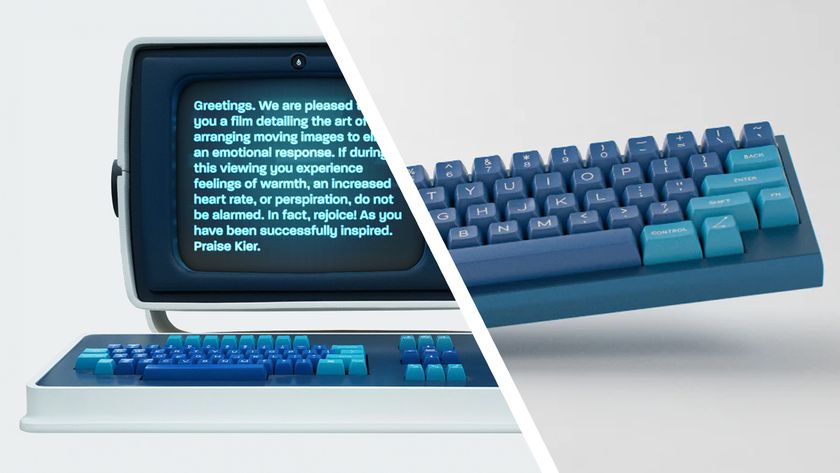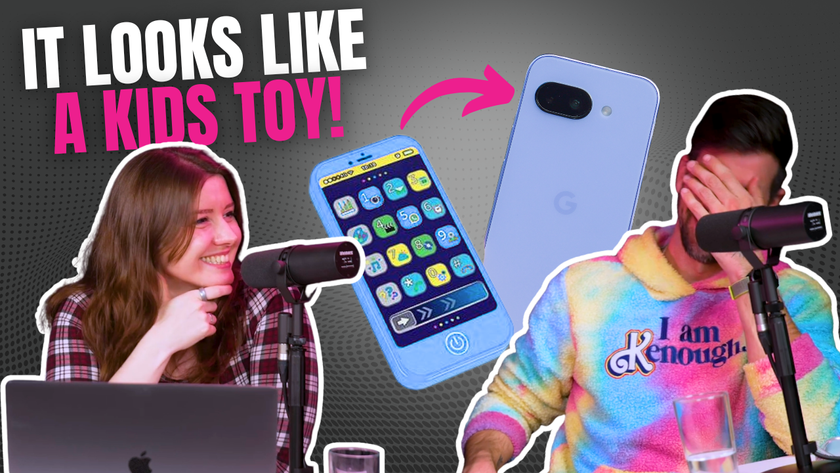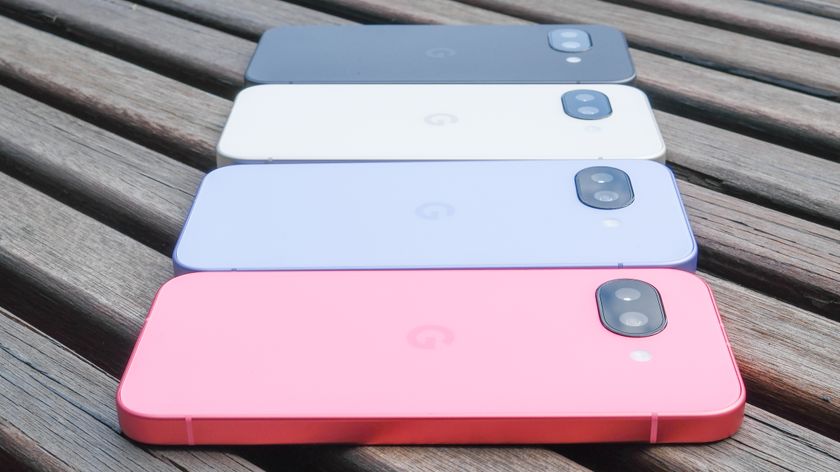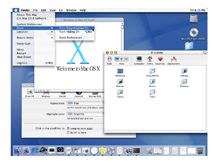
Apple Mac OS X 10.1
Click. Now watch the spinning beach ball
For all the Mac fanboy crowing over Windows Vista’s troubles, it isn’t that long ago they had OS problems of their own. In 1994 Apple announced an ambitious plan to completely rewrite its operating system, with the aim of taking on Windows 95.
Codenamed Copland, the OS was supposed to include all kinds of (then) whizzy features like pre-emptive multi-tasking (so you could run more than one application at once) and protected memory spaces (so apps didn’t steal memory from others, forcing them or the whole OS to crash).
The problem was Apple’s engineers just couldn’t build it. As with Longhorn, Apple was forced to abandon many ground-breaking features, while serving up others in Mac OS 8 (1997), and Mac OS 9 (1999).
By 1997, Apple - deep in debt - abandoned Copland and snapped up an operating system called OpenSTEP, which was developed at Next computer by Apple co-founder Steve Jobs.
By 2000 OpenSTEP had turned into the first version of Mac OS X - a ground-upwards rewrite of the whole operating system, that was built-on a Unix core and had a pretty new user interface called Aqua, that predates many of the visual effects used in Windows Vista.
Get daily insight, inspiration and deals in your inbox
Sign up for breaking news, reviews, opinion, top tech deals, and more.
Despite or because of its advanced features, Mac OS X got off to a very shaky start. The public beta which appeared in 2000 was grindingly slow, hardly had any third-party software running on it (existing apps had run under Mac OS 9 using an emulator), and lacked even basic features.
The first proper version - Mac OS X 10.0 Cheetah - wasn’t much better. Arriving in March 2001 it was chiefly noted for its sloth-like performance and a continuing lack of features, including a completely inability to playback DVD-Video discs.
Things were so bad in fact, that Apple issued a free update to Mac OS X 10.1 Puma in September, offering a much needed speed and feature boost. Mac OS X didn’t really get good though until Mac OS X 10.3 Jaguar, which arrived in 2002.
Panasonic DMP-BD10 Blu-ray player
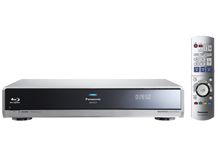
At least the cinema shows you adverts while you wait for the movie to start
It seems a little unfair to single out Panasonic again, but the DMP-BD10 is a prime example of why the ‘never buy version 1’ ethos makes sense. You had to pay £1,000 for this Blu-ray player when it arrived in September 2006 and it was over-priced and under-specced from the get-go.
Its biggest sin, of course, was that out of the box the machine just wasn’t future-proof - it wasn’t compliant with Blu-ray Profile v1.1, let alone v2.0 - making it almost useless now for Blu-ray movie titles that boast interactive features.
It’s not a simple fix with a firmware upgrade either: as critics of Blu-ray pointed out a year or two back, the first Blu-ray players simply lacked the necessary hardware - an Ethernet port, persistent memory, etc - that would enable such features to be used.
No wonder Blu-ray owners were known in industry circiles as ‘beta testers’.
The DMP-BD10 was also heavily criticised for its badly designed, cheap-looking remote (poor in a product that cost £1,000 new), incredibly slow disc-loading times (30 seconds plus) and the fact that the faster, more capable, future-proof PlayStation 3 arrived a mere six months later cost just £425.

Sony PlayStation Portable (PSP)
Dr. Kawashima will see you now
The PSP was a remarkable thing when it made its debut in September 2005 for it was a handheld that not only enabled to you play the latest games, but also to indulge your passion for movies and music as well.
